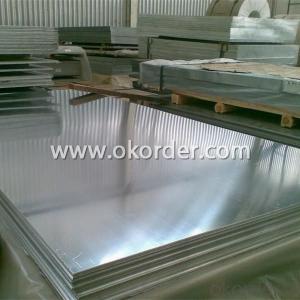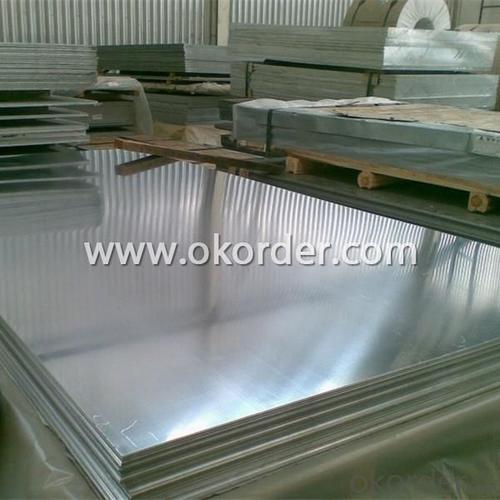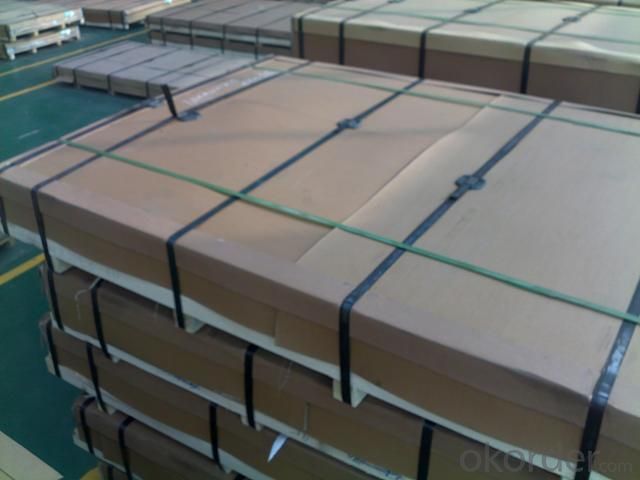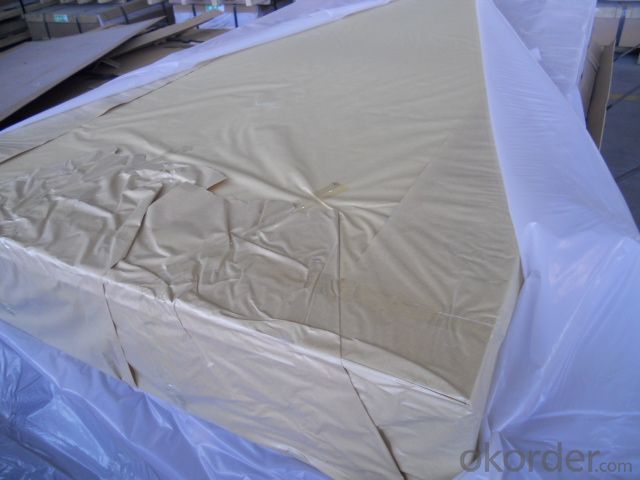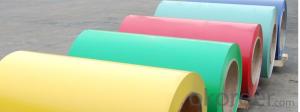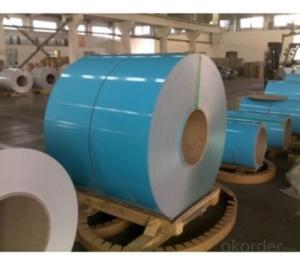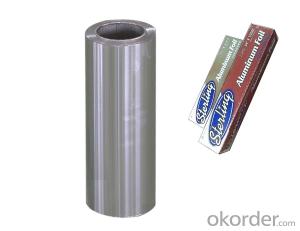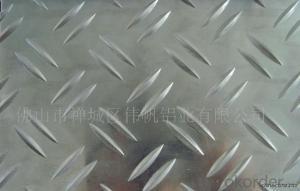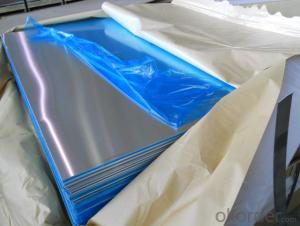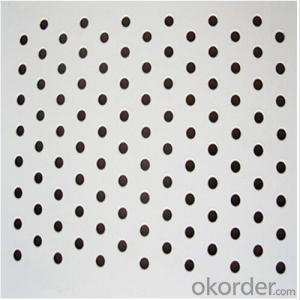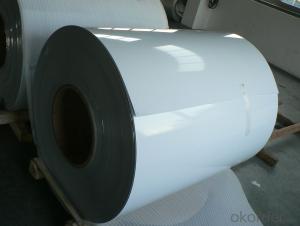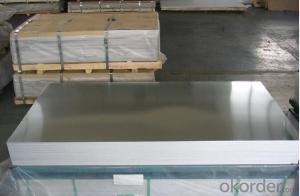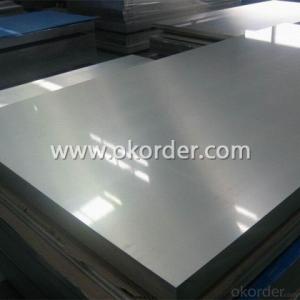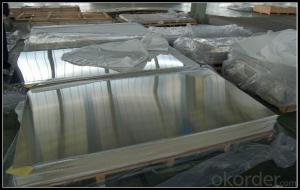Best Aluminum Baking Sheets for Point-Fixing Curtain Walls
- Loading Port:
- Shanghai
- Payment Terms:
- TT or LC
- Min Order Qty:
- 5 m.t.
- Supply Capability:
- 100000 m.t./month
OKorder Service Pledge
OKorder Financial Service
You Might Also Like
1.Structure of Aluminium Coils for Point-Fixing Curtain Walls Aluminium coils for point-fixing curtain walls are one type of non-frame curtain wall than consist of glass panels, point-fixing components on such panels and their supporting structures. . Aluminium coils for point-fixing curtain walls are good at ductility, heat conductivity, anti-corrosion and moisture resistance. They are widely used in roofing, electronics, instruments, lighting decoration, packing, decoration, curtain wall, sandwich panels, boats, etc. 2.Main Features of Aluminium Coils for Point-Fixing Curtain Walls •High intensity •Easy to be processed and shaped •Weather resistance •Anti-pollution & environment protection 3. Aluminium Coils for Point-Fixing Curtain Walls Images 4.Specification of Aluminium Coils for Point-Fixing Curtain Walls Alloy: AA1×××; AA3×××; AA5×××; AA8××× Temper: H14; H16; H18; H22; H24; H26; H32; O; F Thickness: 0.2mm-100mm Width: 30mm-1700mm Standard: GB/T 3880-2006 5. FAQ A.What about inspections to guarantee quality? For each order for Aluminum Sheets, we will arrange strict inspection for raw materials, inspection during production and inspection for finished goods. With requirement of customers, we also can arrange the third party inspection. B.What about delivery? We will put order for Aluminum Sheets in production schedule after order gets confirmed against copy of TT or L/C. Normally it takes about one month for production. Exact shipment schedule is different based on different sizes and quantity. C.What is the MOQ? 5 tons for each size. D. Where have you exported aluminium sheets? We have exported aluminum sheets to many countries. Main markets include South East Asia, Middle East, North America, South America, etc. 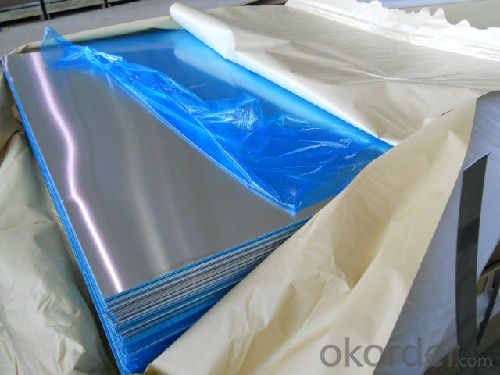
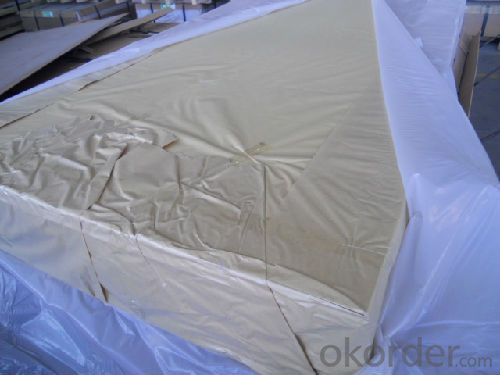
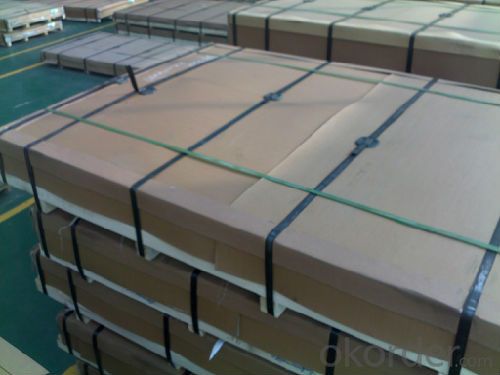
- Q: Can aluminum sheets be used for furniture manufacturing?
- Yes, aluminum sheets can be used for furniture manufacturing. Aluminum is a versatile material with several advantageous properties that make it suitable for furniture production. It is lightweight, durable, corrosion-resistant, and can be easily molded into various shapes and sizes. Additionally, aluminum has a sleek and modern aesthetic, making it a popular choice for contemporary furniture designs. Aluminum sheets can be used to create frames, legs, and other structural components for different types of furniture, including chairs, tables, shelves, and cabinets. The versatility and durability of aluminum make it a viable option for furniture manufacturing, especially for outdoor or industrial furniture that requires resistance to harsh weather conditions or heavy use.
- Q: What is the thickness of an aluminum sheet?
- The specific application and requirements determine the variability in the thickness of an aluminum sheet. A wide variety of thicknesses, usually ranging from 0.006 inches (0.15mm) to 0.25 inches (6.35mm) or even more, can be found in aluminum sheets. Gauge is the usual unit of measurement for thickness, where higher gauge numbers indicate thinner sheets. To choose the right thickness for an aluminum sheet, one must consider the intended use and desired properties like strength, flexibility, or weight.
- Q: How are aluminum sheets typically packaged for shipping?
- Aluminum sheets are typically packaged for shipping in a few different ways depending on the size and quantity of the sheets. One common method is to bundle the sheets together using metal or plastic strapping. The sheets are stacked on top of each other, with a layer of protective material such as foam or cardboard between each sheet to prevent scratching or damage. The bundle is then secured with strapping to keep the sheets tightly together during transit. For smaller quantities or smaller sheets, aluminum sheets may be packaged in boxes or crates. The sheets are carefully placed inside the box or crate, often separated by protective material to prevent rubbing or contact between the sheets. The box or crate is then sealed and labeled for shipping. In some cases, aluminum sheets may be packaged on pallets. Multiple sheets are stacked on a pallet, again with protective material between each sheet. The sheets are secured to the pallet using stretch wrap or shrink wrap to ensure stability during transportation. Regardless of the packaging method used, it is important to properly label the packages with relevant information such as the contents, weight, dimensions, and any special handling instructions. This helps to ensure that the aluminum sheets are handled and shipped correctly, reducing the risk of damage or loss during transit.
- Q: The minimum thickness of aluminum curtain wall is 2, 5mm or 3mm?
- Specifications: for the outer wall of the aluminum sheet, the minimum thickness shall not be less than 2.5mm
- Q: Are aluminum sheets suitable for signage?
- Yes, aluminum sheets are suitable for signage. They are lightweight, durable, and weather-resistant, making them a popular choice for outdoor and indoor signage applications. Additionally, aluminum sheets can be easily customized, printed, and mounted, allowing for versatile and long-lasting signage solutions.
- Q: What does aluminum plate "3003-H24" mean?
- (1) Hxx state:H1 * - hot rolling, Zhang Liqiang; H2 * - continuous casting and rolling, Zhang Liqiang, part of the toughening; H3 * - after stress treatment, stable performance; H4 * - after paint or coating; H x 2 - 25% x 4 - H hardness; hardness 50% processing; H * 6 - 75% hardness; H * 8 - 90 more than the hardness.(2) Hxxx state:H111: suitable for the final annealing, but also a proper amount of work hardening, but the degree of hardening is not as good as the H11 state of the product.H112: for hot forming products, the mechanical properties of the condition are specified.H116: made for magnesium content more than 4% 5 * * * alloy products. These products have specified mechanical properties and anti stripping corrosion resistance requirements.
- Q: What is the typical creep resistance of aluminum sheets?
- The typical creep resistance of aluminum sheets is relatively low compared to other materials, such as steel. Aluminum has a lower melting point and weaker crystal structure, making it more prone to creep deformation under high temperatures and sustained loads. However, aluminum alloys can be specifically engineered to enhance creep resistance by adding alloying elements and heat treatment processes.
- Q: Is it possible to use adhesive instead of fasteners to bond aluminum sheets to a structure?
- <p>Yes, you can use an adhesive to attach aluminum sheets to a structure. However, it's important to choose an adhesive that is specifically designed for bonding aluminum, as not all adhesives provide the necessary strength and durability. Structural adhesives that are compatible with aluminum can offer a strong bond and are often used in applications where a clean, seamless appearance is desired or where fasteners are not suitable. It's crucial to ensure that the adhesive is resistant to the environmental conditions the structure will be exposed to, such as moisture, temperature fluctuations, and UV radiation. Always follow the manufacturer's instructions for surface preparation and application to achieve the best results.</p>
- Q: Can the aluminum sheets be used for manufacturing solar panel frames?
- Indeed, solar panel frames can be manufactured using aluminum sheets. The solar industry frequently employs aluminum due to its lightweight nature, durability, and ability to resist corrosion. When it comes to solar panel frames, aluminum proves to be an excellent selection as it offers structural support and can endure diverse weather conditions. Moreover, aluminum is easily recyclable, thereby presenting an environmentally conscious choice for solar panel manufacturers. All in all, aluminum sheets are a fitting material for the production of solar panel frames.
- Q: What are the different bending techniques for aluminum sheets?
- There are several bending techniques for aluminum sheets, including air bending, bottom bending, coining, and wipe bending.
Send your message to us
Best Aluminum Baking Sheets for Point-Fixing Curtain Walls
- Loading Port:
- Shanghai
- Payment Terms:
- TT or LC
- Min Order Qty:
- 5 m.t.
- Supply Capability:
- 100000 m.t./month
OKorder Service Pledge
OKorder Financial Service
Similar products
Hot products
Hot Searches
Related keywords
